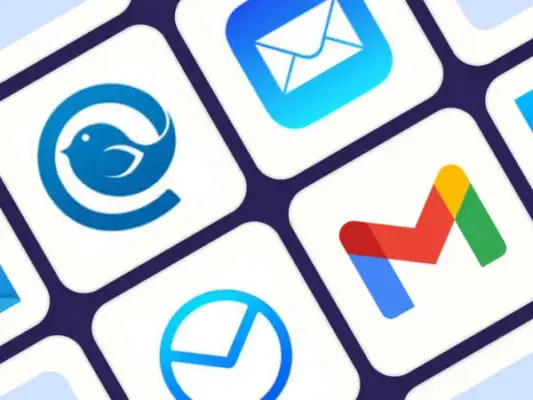
Social media is no longer the exception when it comes to small business marketing – it’s the rule.
So why are so many marketing experts turning up their noses at Facebook and Twitter, and instead focusing on email marketing?
The answer is simple: email marketing is the #1 way to build profitable relationships with your customers.
By making email marketing your top marketing priority, you’ll be able to cash in on relationships that are infinitely more intimate than those cultivated on social media.
After all, receiving a personal email in your inbox is a lot more meaningful than glancing at a post on Facebook that’s been shared with 800 other people.
So how can you tap into the power of email marketing?
By following these 7 steps, which will show you how to monetize your email list through relationship building.
1. Be consistent
Think of your closest relationships with friends and family.
Chances are those relationships include social interactions on and offline, phone calls, and getting together for dinner or coffee on a regular basis.
Your email relationships are no different. Be sure you’re sending emails to your list on a regular basis, which could be anywhere from twice a month to twice a week depending on your brand and style.
Whatever you do, don’t email your list only when you have something to sell!
2. Fine tune your subject lines
It’s impossible to build profitable relationships with your list if no one is opening your emails.
Try these subject line best practices to increase your open rates:
Include numbers (“5 quick ways to improve your Pinterest profile”)
Indicate when there is a [VIDEO] or [FREE REPORT] inside by using brackets and capital letters
Ask a question (“Are you making these 3 common mistakes on social media?”)
Use “this” and “that’ to create curiosity (“Why I can’t live without this new iPhone app”)
Be sure to test your subject lines to see which style and technique gets the highest open rates with your particular audience.
3. Share relevant content
Position yourself as an expert and trusted resource by sharing relevant content with your list via email.
You might share things like…
YouTube videos
Product deals and discounts
Funny pins or eye-catching Instagram photos
Informative blog posts (written by you and by others in your field)
When your emails are packed with great content, readers are much more likely to keep opening, keep clicking, and keep buying.
4. Sell less stuff
If every email you send your list is a sales email, people will soon grow weary of opening them.
No one wants to be sold to all the time. A good rule of thumb is the 80/20 rule – 80% of your emails should be packed with great content and helpful resources (see #3 above). 20% should include paid offers for your products and services.
In this way, you treat the customer like you would a friend, cultivating a relationship based on mutual interests.
When you do happen to have a new product or service you’d like to sell, your customer will be far more likely to make a purchase because they’ve already been ushered through your sales funnel with all the great content you’ve been providing.
5. Include a call to action
The two most common mistakes regarding calls to action are:
a) Not including one
b) Including way too many!
With each email you send, ask yourself “What do I want the reader to do?”
The answer might be…
Click on a link
Share your content on social media
Make a purchase
Choose one specific call to action and explicitly ask your customer to follow through on that action.
For example, “To read the rest of this awesome blog post, click here now.”
6. Include affiliate offers
Every email you send can include a single or multiple affiliate offers, which will boost your chances of profitability.
An affiliate offer is an offer from another non-competitive business, that provides solutions that compliment your offerings and can provide value to your target audience.
You might showcase an affiliate product or service on your blog and use an email to drive traffic back to your post.
You can also include several relevant affiliate offers in the body of your email – just make sure they are products and services your customers need and want.
7. Give discounts and freebies
We’re all bombarded by emails every day. A subscriber who joins your list and stays on your list should be rewarded for their loyalty.
Thank you subscribers regularly with coupons, discounts, freebies, and special offers that non-subscribers don’t get.
For example, you might offer a paid course or eBook that’s $50 on Amazon, but only $25 for email subscribers.
The most profitable email relationships are built with:
1. Consistency
2. Great subject lines
3. Relevant content
4. Infrequent sales
5. Strong calls to action
6. Relevant affiliate offers
7. Exciting discounts and freebies
By using these 7 proven methods for building a profitable email list, you’ll be grooming long-lasting relationships and customer loyalty while increasing revenue with each email you send.
Do you have any tips for building profitable email relationships? Post them in the comments below!
